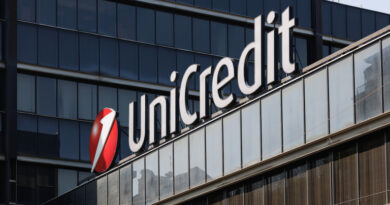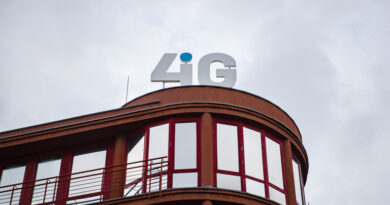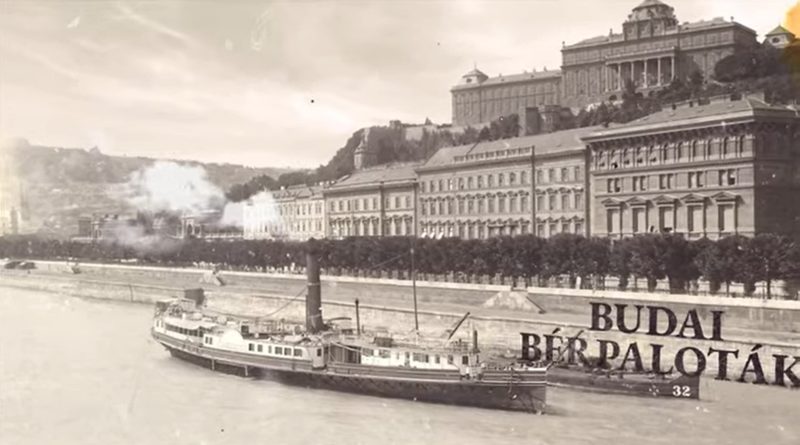Better than a year ago
Investment turnover tripled in a year, in line with a robust growth on the regional property investment market – it was announced at the annual press conference of CBRE Budapest today. Market fundamentals for offices also improved with lower vacancy rate and increased leasing activity. New market patterns start to emerge as tenants are becoming more educated and developers absolutely risk-averse.
Investment in Central and Eastern Europe
Commercial property investment volumes in Central and Eastern Europe (CEE) reached more than €11.2 billion by the end of December 2011 – twice the volume when compared to 2010, according to the latest data from CBRE. The strong finish in the final quarter of 2011 (Q4 2011) confirms the expectations CBRE had at the start of December that several pending transactions would close by the year-end. Low levels of property investment activity were recorded in South Eastern Europe (SEE), with Serbia and Ukraine not seeing a single institutional transaction during 2011. However, increased investment activity has been visible in the Hungarian and Slovak commercial real estate investment markets in recent months. This trend is likely to continue, especially in Budapest, since the core segment of the market has remained mostly illiquid thus far and occupier market fundamentals have remained occupier friendly.
Tim O’Sullivan, Associate Director at CBRE Budapest, said: “There is some willingness to invest in Hungary but it remains to be seen how this trend will continue with current negotiations with the International Monetary Fund underway and limited financing available. Refinancing of current loan agreements and potential partnerships between owners and opportunistic investors may lead to further deal flow in 2012.” Despite the fact that in some Western European markets yields have turned the corner, prime yields are expected to remain solid in markets such as Poland and the Czech Republic based on strong demand and income growth, while other markets have less strong fundamentals in general. Jos Tromp, Head of CEE Research & Consultancy at CBRE, added: “Based on the property transactions under way, 2012 is already following a similar pattern to 2011. The search for security is set to continue and this may push money into the core markets such as Poland and the Czech Republic, depending on how the general economic sentiment unfolds. Generally, financing will remain the key factor in determining which way the individual markets move in 2012.”
Property Investment Market in Hungary
In total there was close to €620mln transacted in the Hungary in 2011 compared to €180mln in 2010. Local investors were more active in the first half of the year than cross-border purchasers concluding a relatively high number of transactions but most of these deals were quite small in size. Typically retail assets were traded with long term leases in place and generally situated outside the capital city. In this market segment Hungarian buyers benefited from their local market knowledge. After a more silent period during the summer months, investment activity picked up again in September-November. Approaching year end, cross-border institutional buyers became more active. In Q3 some secondary office buildings were traded only, while benchmark office transactions closed in the last few weeks of the year. The single largest institutional buyer was the US based Heitman European Property Partners (Heitman). Their new exposure in the Budapest property market exceeds €200mln. Besides the former AVIVA portfolio (consisting of two established office buildings in Central-Buda) Heitman purchased a share in the office element of the Millennium City Centre (Millennium Towers and K&H Headquarter).
Tim O’Sullivan commented: “Based on the fact that annual investment volume tripled in 2011 compared to previous year and backed by two significant office transactions which closed last month, it could be argued that prime end of the investment market has remained somewhat positive despite the economic and political turbulences experienced recently. Looking ahead, we foresee a slow start to 2012 as the markets stabilise following the recent turbulence. The cautious lending policies of the banking institutions will continue to hinder the ability of investors to pursue opportunities. Investor sentiment will remain cautious, as they adopt a wait and see approach until stability returns to the markets – similar to 2011 we anticipate market activity to increase in the latter half of the year.”
Office Occupational Market in Budapest
On the back of outstanding office demand in Q4, annual office leasing activity was close to 400,000 sq m in 2011. This is only by 2-3% lower than the highest figure ever recorded on the market. As renewals still accounted for a significant share of leasing activity and relocations still remained a key driver of take-up, physically occupied office stock has grown by some 60,000 in the speculatively built office stock and another 55,000 sq m due to the handover of the K&H head quarter building. Annual net absorption was positive (115,000 sq m) so the vacancy rate decreased to 19% from the 2010 year-end figure of 21%. As a positive change compared to 2010, more companies leased extra space in case they renegotiated the lease and stayed in their old premises. Space expansion almost tripled on the previous year in terms of size, and made up a quarter of all take-up in 2011. Károly Katkó, Head of GCS and Tenant Representation at CBRE Budapest, commented: “The number of available, good quality buildings is declining. Speculative developments from the past years have been mainly leased, making large occupiers go for pre-lease in selected project in the future. This needs a change in occupier sentiment compared to what we had on the oversupplied market of previous years, hence the pressure and responsibility of advisors to educate the market towards this direction is steadily growing.”
Industrial Occupational Market in Hungary
The logistics property market in Budapest barely grew in 2011. Only a few customized, built-to-suit developments were realized on the back of to pre-lease agreements signed earlier. Leasing activity grew by 50% compared to 2010 but renegotiations took up a greater proportion than new demand. Besides companies involved in logistics and warehousing operations, severalmanufacturing and trading companies appeared on the market, mostly with small-scale demands. 2011 was characterized byups and downs: statistics in the second and fourth quarterswere much more positive than in the other two, leaving the market without a clear direction at the moment.Examining the net absorption, by end of 2011 thetotal leased warehouse space decreased compared to a year ago so vacancy rate increased on previous December and stoodat 21% at the end of 2011.
Gergely Baka,Head of Industrial Agency at CBRE Budapest emphasized that “The low activity on the capital’s market is understandable because the export-producing industrial centres are in the big regional cities of the countryside. The regional market grew significantly: there was twice as much lease transaction in 2011 by volume (60,000 sq m) than in 2010. This continued to appear in the cities with strong industry and was mostly generated by the product storage needs of the manufacturers for key export industries. However, there is a growing need from tenants for longer term contracts with more floor space.”
































